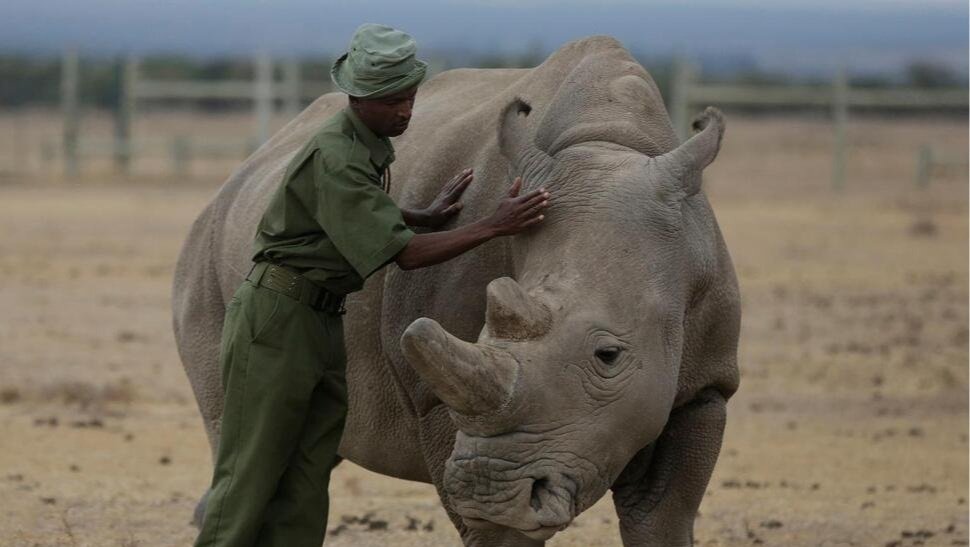Photo by Jared Garcia @ Wildlife - LensofJG
Researchers have announced a groundbreaking method to differentiate between legal mammoth ivory and illegal elephant ivory, a significant development in the fight against wildlife trafficking.
For years, elephant ivory has been fraudulently sold as mammoth ivory during importation. Since mammoths are extinct, trading their ivory is legal, while elephant ivory has been banned since 1989 due to the alarming decline in elephant populations.
In 2019, the Hong Kong government took a firm stance against the ivory trade by implementing a ban on all ivory sales. However, some shops have evaded this regulation by rebranding their illegal elephant ivory products as legal mammoth ivory, undermining conservation efforts and perpetuating the illegal trade.
A team of scientists at the University of Hong Kong has developed a straightforward technique to address this issue. Their research indicates that mammoth tusks, which are remnants of ancient animals preserved in permafrost, possess distinct isotopic signatures of hydrogen and oxygen compared to those of living elephants. The different isotopic compositions arise from the unique environmental conditions in which these animals lived and died.
This innovative method involves analyzing the isotopes present in the ivory samples, allowing for clear identification. By implementing this technique, authorities can more effectively combat the illegal ivory trade, ensuring that only legally sourced mammoth ivory is sold while protecting endangered elephant populations.
The implications of this research are profound. Not only does it provide a tool for law enforcement to identify and seize illegal elephant ivory, but it also raises awareness about the ongoing crisis of elephant poaching. With the illegal wildlife trade estimated to be worth billions of dollars, advancements like this could play a crucial role in safeguarding both elephants and the ecosystems they inhabit.
As the team continues to refine their method, they remain hopeful that this innovative approach will lead to stronger regulations and enforcement measures. By providing law enforcement with the tools they need to distinguish between legal and illegal ivory, there is a greater chance of curbing the illicit trade and protecting endangered elephant populations.
Ultimately, this breakthrough could usher in a new era of wildlife conservation, where the survival of both elephants and the ecosystems they inhabit is prioritized. The researchers believe that with concerted efforts from governments, conservation organizations, and the public, we can create a future where these majestic creatures thrive, free from the threat of poaching and illegal trade. Together, we can ensure that future generations inherit a world where elephants roam freely and safely in their natural habitats.




